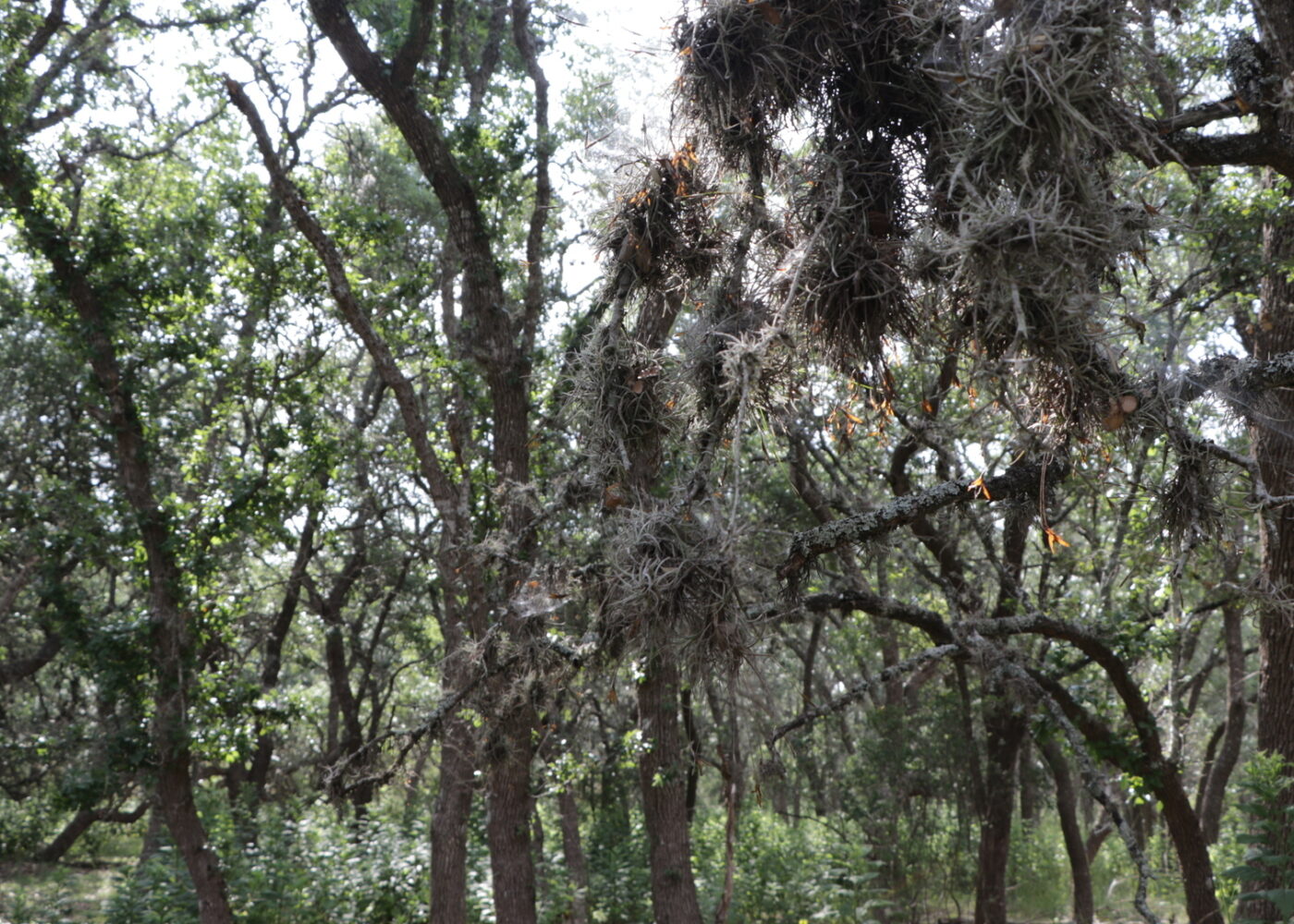This list includes some common and less commonly found invasive species in West Texas, but not everything.
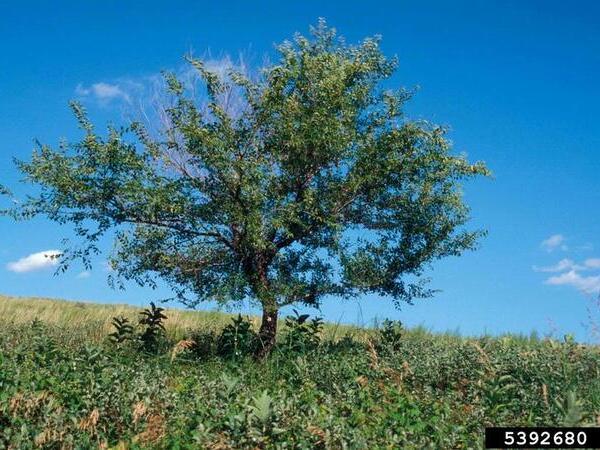
Siberian Elm (Ulmus pumila): This elm is distinguished by its small, elliptical, smooth, singly-toothed leaves, that reach lengths of 0.8-2.6 inches. They are tapering or rounded at their asymmetrical base. The alternate leaves are dark green and smooth above, paler and nearly hairless beneath. Foliage is slightly pubescent when young. Flowers are greenish, lack petals, and occur in small drooping clusters of two to five blossoms. The winged fruits are about ½ inch wide and hang in clusters.
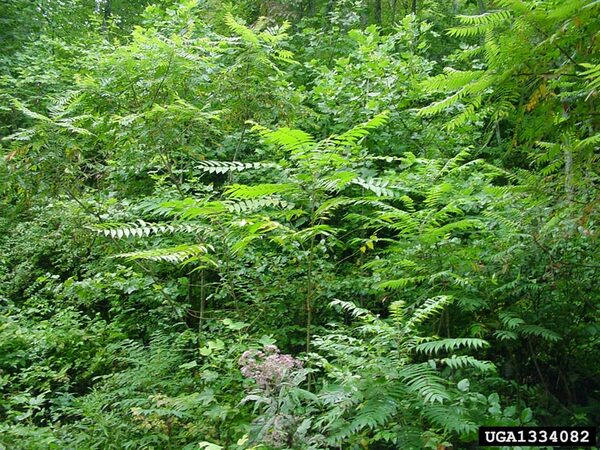
Tree-of-Heaven (Ailanthus altissima): Also known as ailanthus, Chinese sumac, and stinking sumac. Is originally from China. Rapid growing tree to 80 feet tall with alternate, compound leaves, 10 to 40 leaflets with smooth margins on one- to four-foot stalks. Large terminal clusters of small yellowish-green flowers yield wing-shaped fruit on female trees. Can quickly take over a site by forming thickets and dense stands. These trees produce toxins that prevent other trees from growing.
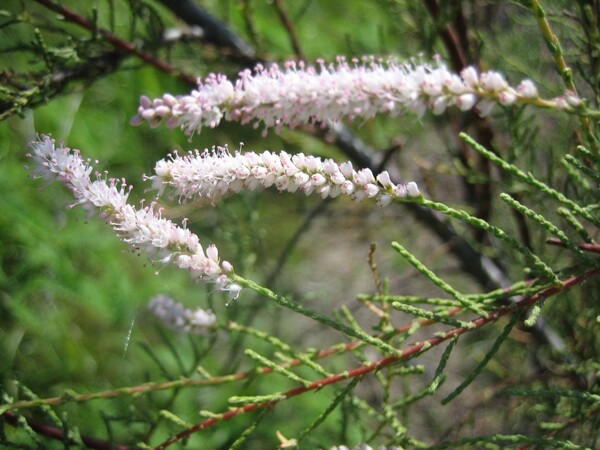
Saltcedar (Tamarix spp.): Saltcedar is characterized by slender branches and gray-green leaves. The bark of young branches is smooth and reddish-brown. As the plants age, the bark becomes brownish purple, ridged, and grooved. Leaves are scale-like, about 1/16 inch long, and overlap each other along the stem. They are often coated with salt secretions. From March to Sept., many pink to white flowers appear in dense groups on two-inch-long spikes at branch tips.
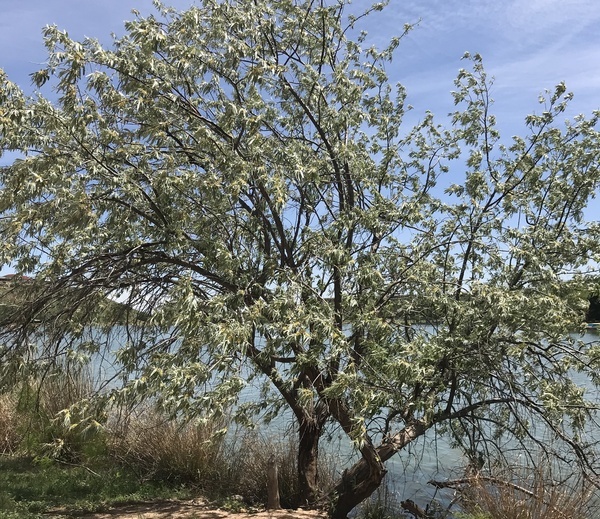
Russian Olive (Elaeagnus angustifolia): Can out-compete native vegetation, interfere with natural plant succession and nutrient cycling, and tax water reserves. It can grow on bare, mineral substrates and dominate riparian vegetation where overstory cottonwoods have died. Found as scattered plants in forest openings, open forests, and along forest edges. Thrives in sandy floodplains. Shade intolerant. Spreads by bird and other animal-dispersed seeds.
